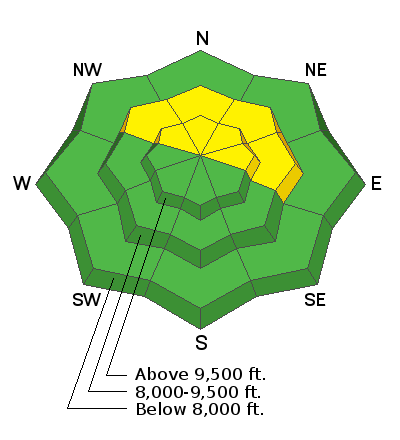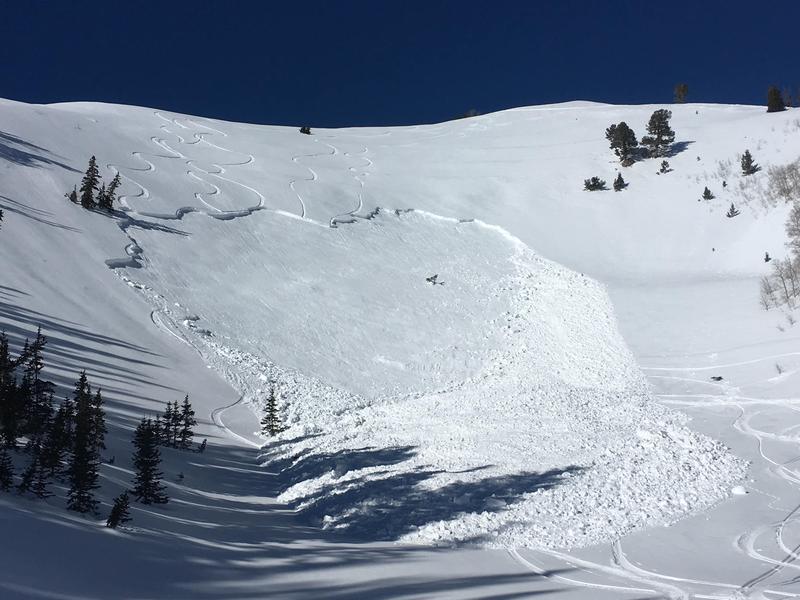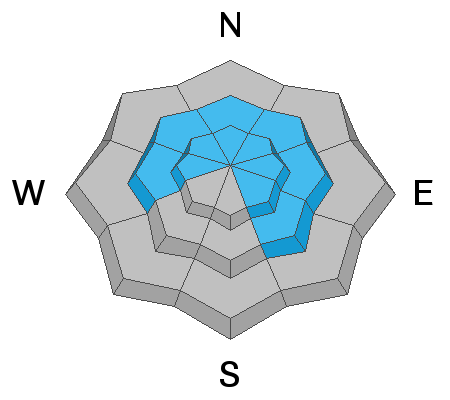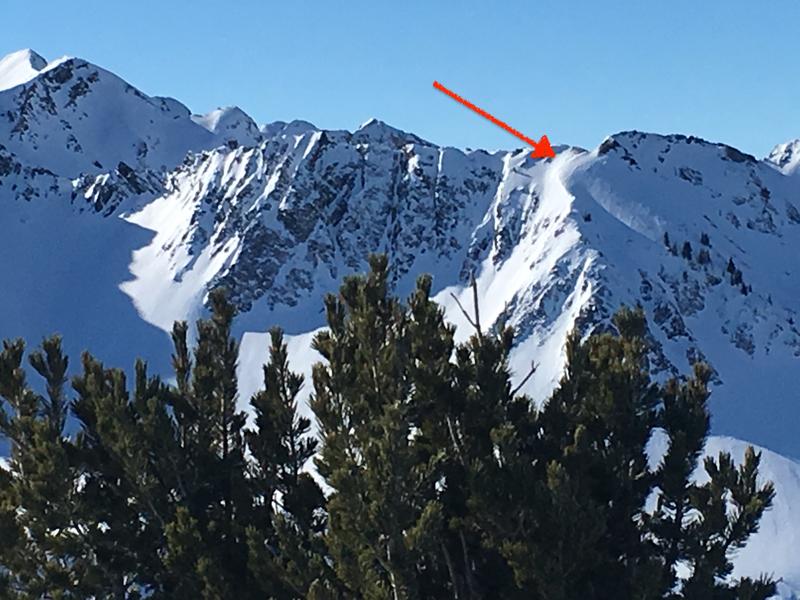Forecast for the Provo Area Mountains

Issued by Greg Gagne on
Monday morning, January 14, 2019
Monday morning, January 14, 2019
The avalanche danger is MODERATE where there is a chance for triggering an avalanche that breaks 1-3' deep into faceted snow at the mid and upper elevations. The most likely place to trigger an avalanche would be in steep, wind loaded, unsupported terrain, that faces northwest through east. Continue to approach recent wind drifted slopes with caution, and consider the consequences of getting caught in any slide.
Safe travel protocol is key: make a plan, communicate, ride slopes one-at-a-time, and keep eyes on your partner at all times.

Low
Moderate
Considerable
High
Extreme
Learn how to read the forecast here









